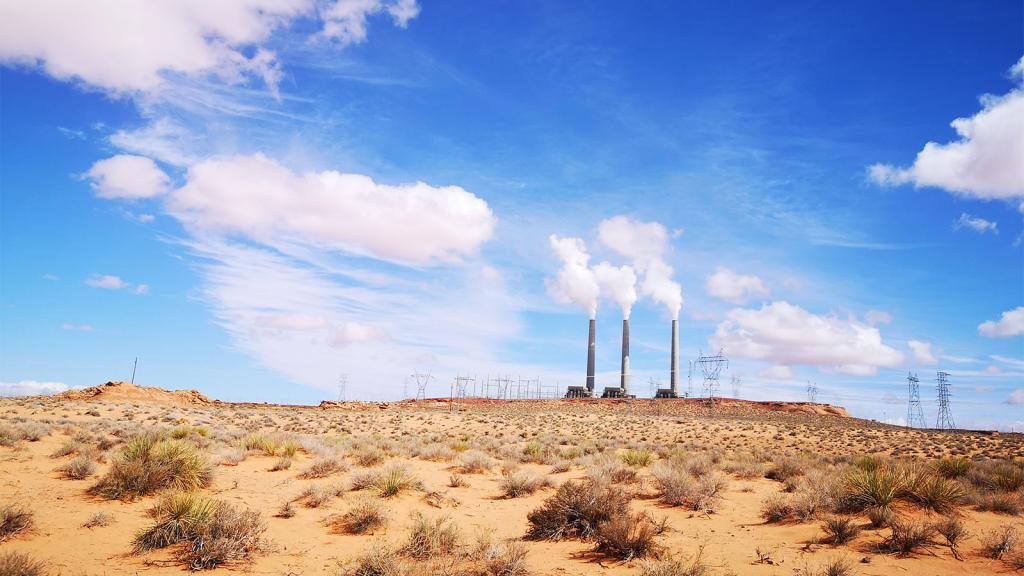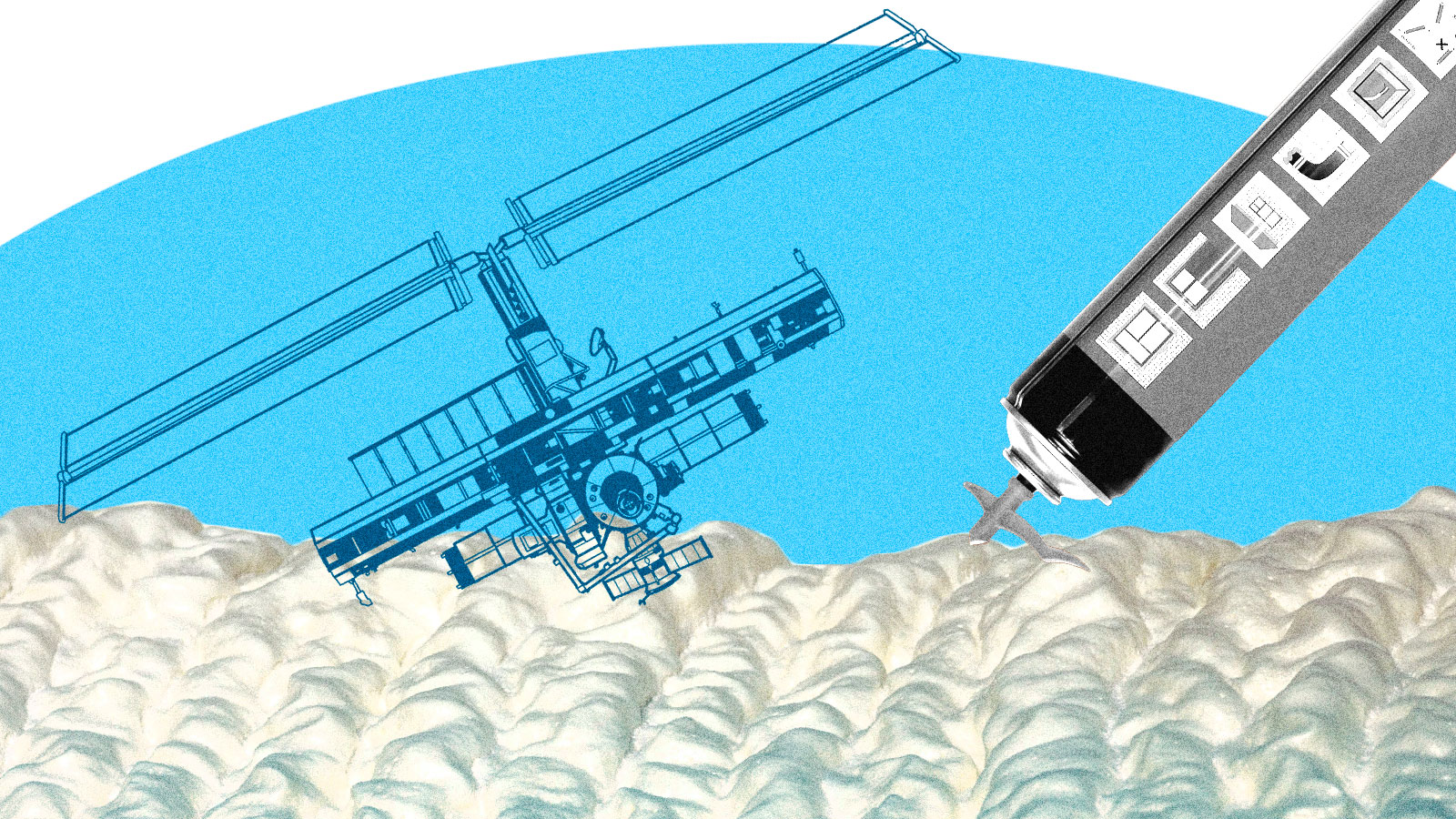In 2016, sensors began picking up an illegal gas billowing into the atmosphere from eastern China. The gas, CFC-11, was banned in 2010 under the Montreal Protocol — the international treaty to eliminate substances that wreck the Earth’s protective ozone layer. CFC-11 also warms Earth with 5,000 times the intensity of carbon dioxide. Years of efforts to protect the ozone layer might be reversed if the emissions continued, experts warned. An undercover investigation pinpointed the source of the emissions, and governments pressed the Chinese government to crack down.
Now, a pair of papers published Wednesday in the journal Nature show that the emissions rising from eastern China have fallen enough to put the ozone layer on course for recovery. It’s an early test case for international agreements policing illegal emissions, and could become a precedent for cracking down on other greenhouse gases.
“If we had been asleep at the wheel, and not in a position to tell the world something was wrong, it could have been a real problem,” said Stephen Montzka, an author of one of the papers and part of a team at the National Oceanographic and Atmospheric Administration that monitors greenhouse gases and ozone-depleting chemicals. And when Montzka says “a real problem” it’s an understatement: Without the protection of the ozone layer, the sun that warms our skins and feeds our crops becomes a blowtorch of blistering radiation. “If the ozone layer were to go away, life on earth wouldn’t be sustainable in the form we know it today,” Montzka said.
NOAA and the Advanced Global Atmospheric Gases Experiment, an international group of researchers, operate a global network of sensors, sniffing the air from remote islands and mountaintops to detect changes in the atmosphere. Ever since the 1990s, when the Montreal Protocol started phasing out chlorofluorocarbons and other ozone-destroying chemicals, CFC-11 had been steadily falling out of the atmosphere, until 2012, when the decline of CFC-11 concentrations slowed to a crawl. Scientists scrambled to figure out what was happening, poring over the data from the network of sensors. Two island-based sniffers, one off the southern coast of Korea and one of the southern coast of Japan, had registered a suspicious increase in the gas. It looked as if it was blowing out of a region in China where factories produce insulating foam — one of CFC-11’s main uses before it was banned. But the sensors drawing in chemicals off the breeze could only provide a general sense of where it was coming from.
“We aren’t pointing at a factory, we are pointing at a region,” said Luke Western, an author of one of the papers who studies atmospheric gases at the University of Bristol.
Still, it was enough to trigger an investigation by the nonprofit Environmental Investigation Agency, based in Washington D.C. It sent undercover agents into the region to discreetly ask factory managers what kinds of substances they were using to manufacture their foams.
“The people our investigative teams spoke to were quite blasé,” said Avipsa Mahapatra, the organization’s climate campaign lead. “They knew CFC-11 was illegal, but its use was the norm for factories in that part of China.”
The reaction was swift. The countries that signed the Montreal Protocol in 1987 take it seriously, Montzka said. They send experts to meet twice a year, every year, to review progress and negotiate changes. So when scientists reported something was wrong, they were ready.
“Not a lot of oxygen was wasted in negotiating the numbers or asking if it was a real problem,” Mahapatra said. “We saw unprecedented enforcement actions in China.”
And these new studies suggest the crackdown is working. Mahapatra cheers the success, but urges vigilance. “This was one of the largest environmental crimes of the century. China only recovered small amounts of gas — is the rest stockpiled somewhere? How was this being produced? Where were the gases coming from? We haven’t seen an answer to those questions,” she said.
It’s crucial that the world figures out how to effectively monitor and stop illegal emissions to protect the ozone layer and, eventually, the climate, Montzka said. Someday, these same techniques could be used to spot an illicit coal plant and lead to a raid that shuts it down.



